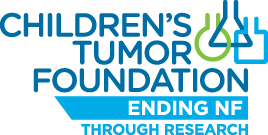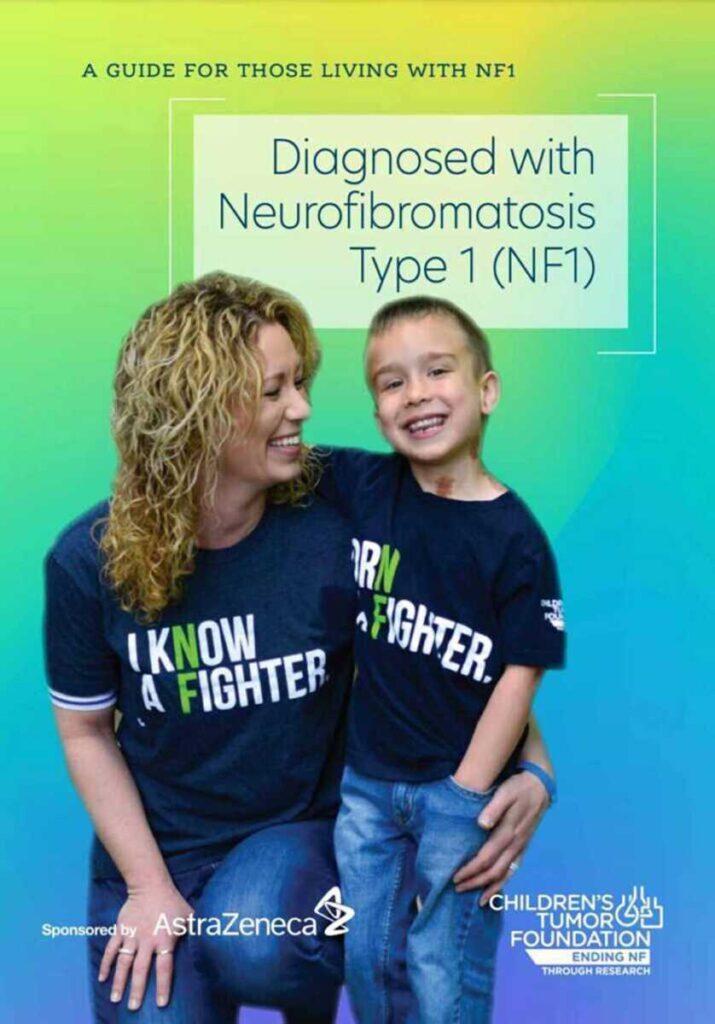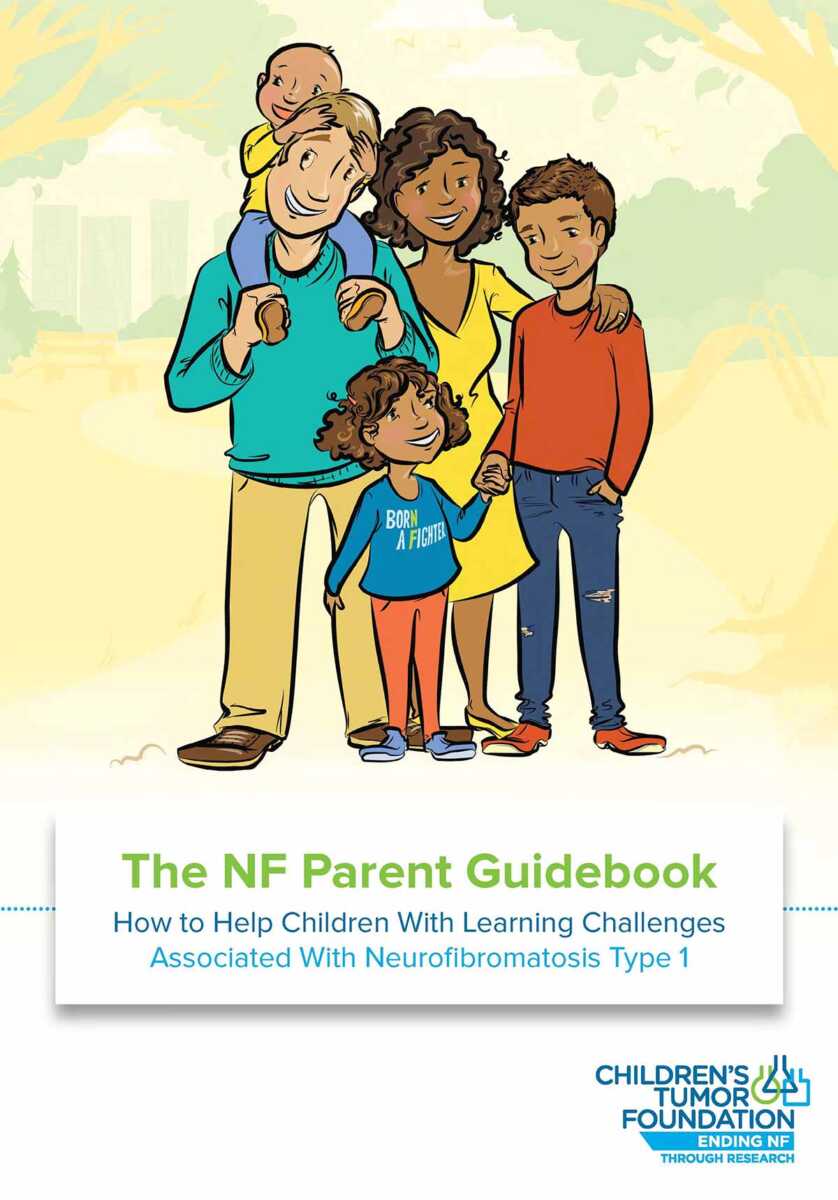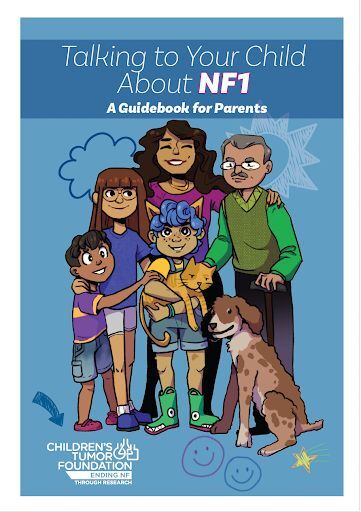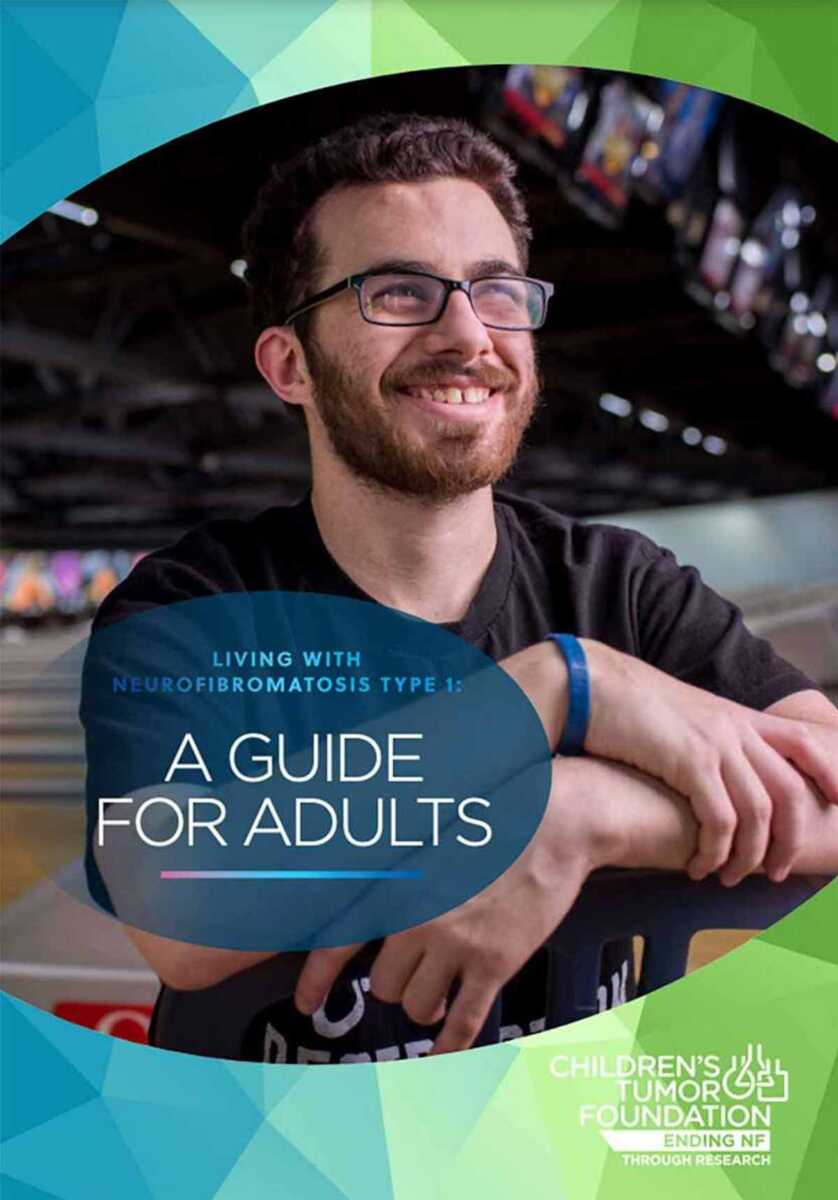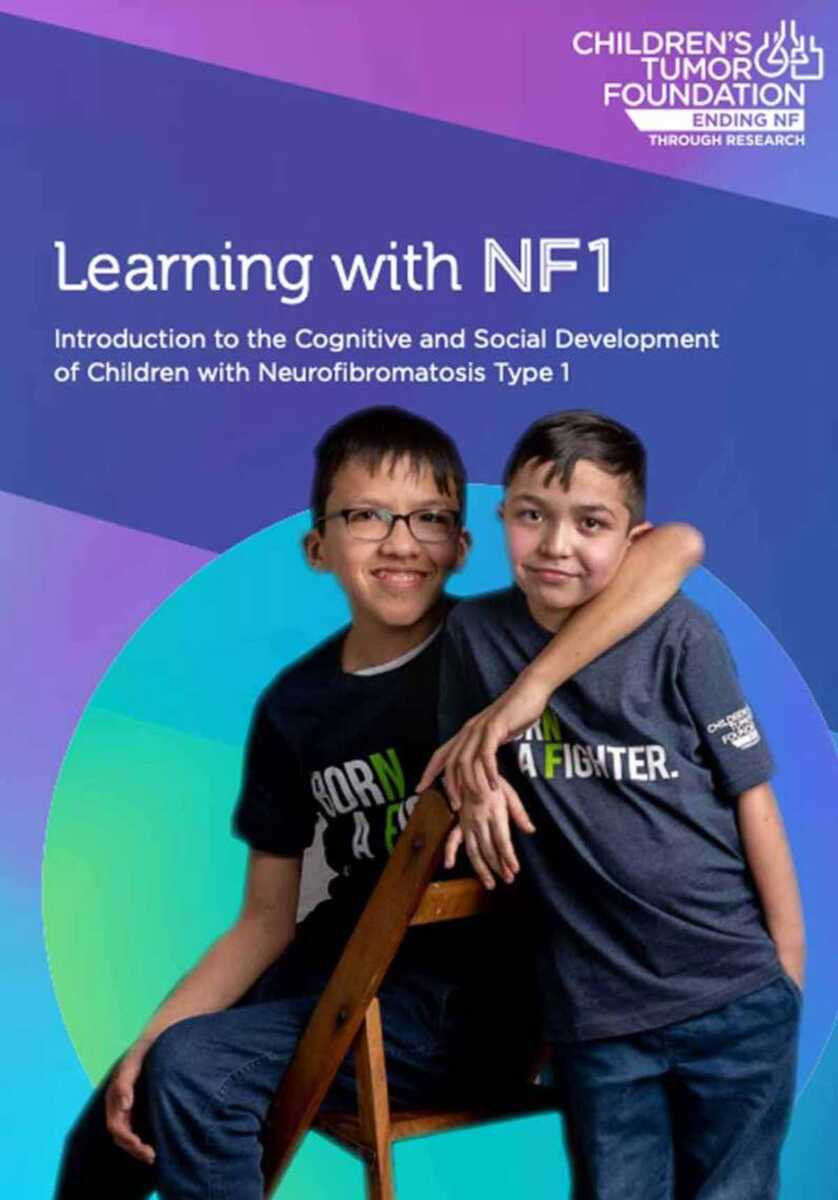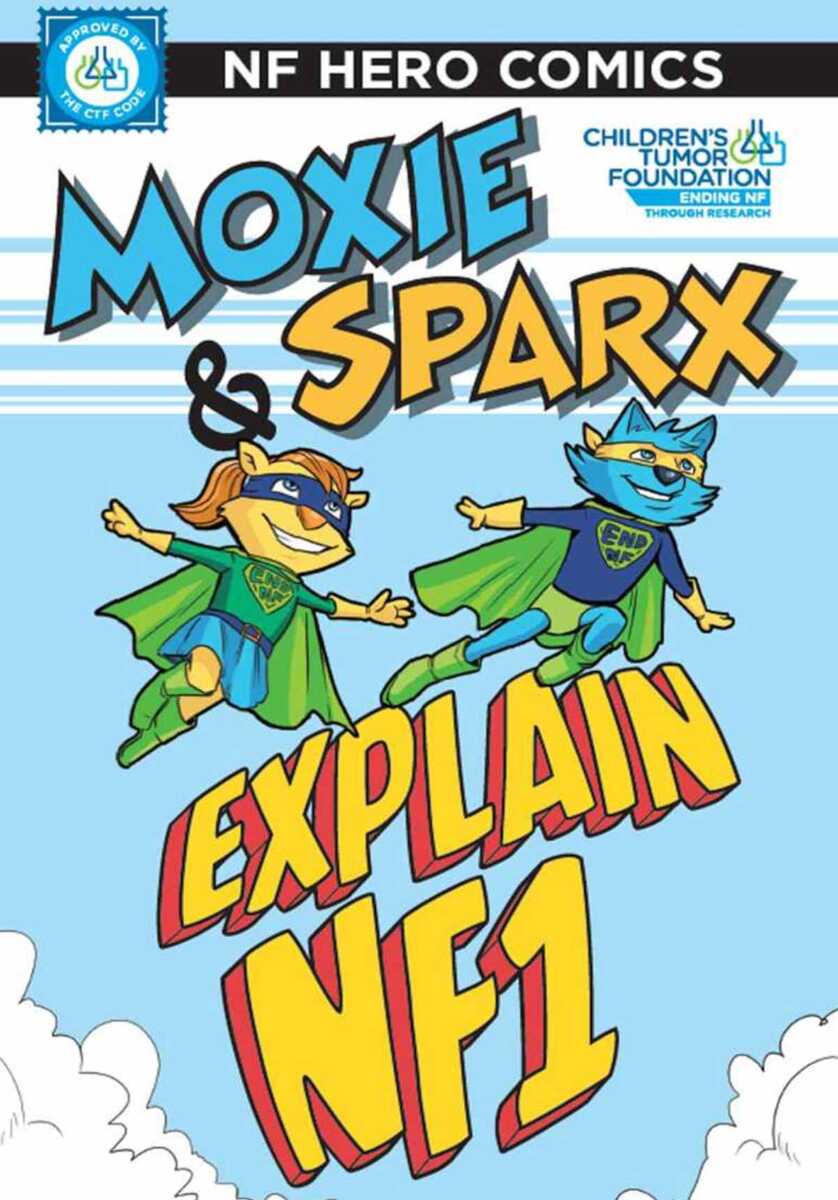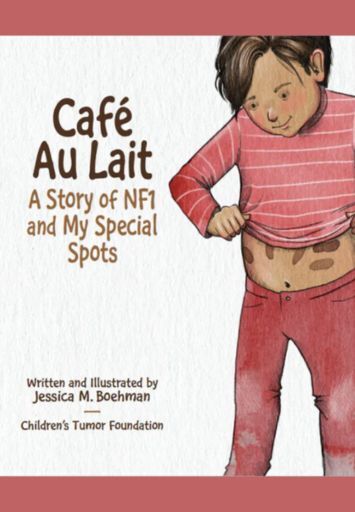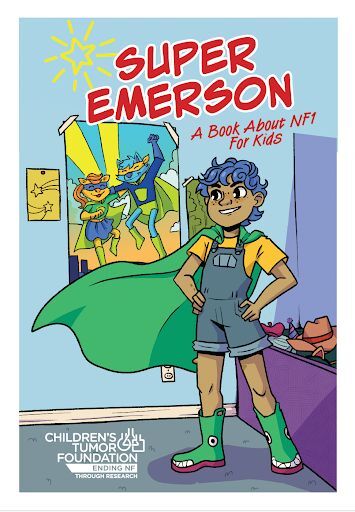Learn more about neurofibromatosis type 1 (NF1)

Newly Diagnosed or Waiting for a Diagnosis?
Getting an NF diagnosis, or waiting for a diagnosis, can be overwhelming. The most important thing to remember is that you are not alone. We suggest starting your journey with these resources.
How does neurofibromatosis type 1 affect individuals?
NF refers to a group of genetic conditions that cause tumors to grow on nerves. These are lifelong conditions that affect all populations equally, regardless of gender, race, or ethnicity.
People who have NF can lead full lives, but they often require specialized medical care by a team of healthcare providers familiar with the disorder.
Neurofibromatosis type 1, or NF1, is the most common form of NF, occurring in about 1 in every 2,500 births.
NF1 is most often diagnosed in childhood. However, even though individuals have NF1 when they are born, it may not be diagnosed right away because some symptoms (signs or features referred to as manifestations) only appear over time.
In addition, some healthcare providers not familiar with early NF1 manifestations (symptoms), may struggle to recognize important features.
NF1 is characterized by multiple café au lait (light brown) skin spots, neurofibromas (small benign growths) on or under the skin, and/or freckling in the armpits or groin.
About 50% of people with NF1 also have learning challenges. Softening and curving of bones, and curvature of the spine (scoliosis) may occur.
Occasionally, tumors may develop in the brain, cranial nerves, or spinal cord. While NF tumors are generally not cancerous, they may cause health problems by pressing on nearby body tissue. Sometimes a benign tumor may become malignant (cancerous), but most people with NF1 will never develop a malignant tumor.
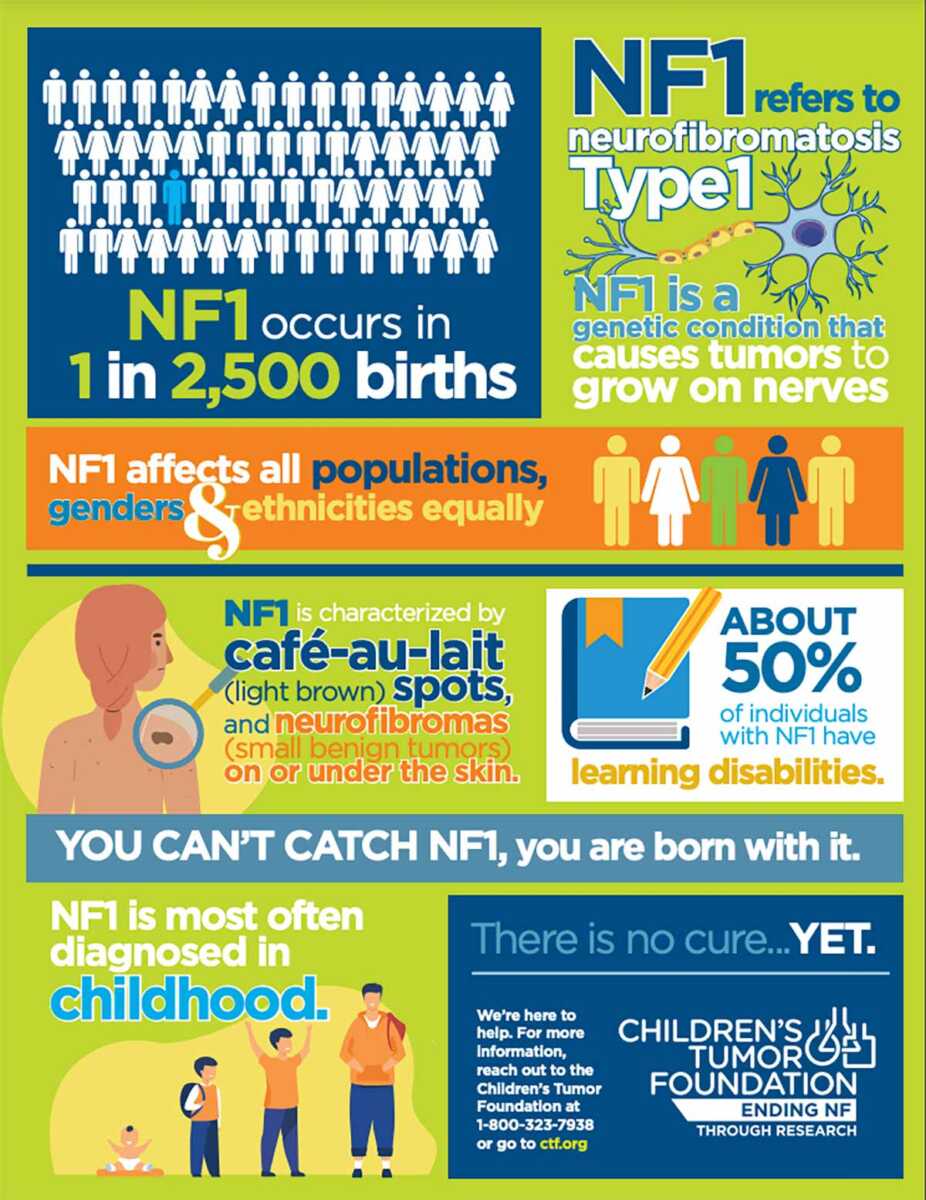
Learn More About the Genetics of NF1
*It’s important to note that one type of NF does not change into another type.
What are the manifestations (symptoms) of NF1?
NF1 can manifest very differently from patient to patient, and no one person will have all of the possible symptoms of NF1. The severity of NF1 ranges from extremely mild cases to more severe cases, in which one or more serious manifestations may develop.
There is no way to predict who will have a mild case and who will develop more serious symptoms, but the majority of those with NF1 will have minor cases (60%).
Café-Au-Lait Spots
These flat, light brown spots are not harmful. People with NF1 have six or more café-au-lait spots. Learn more about these types of spots or download our PDF resource about café au lait spots.
Neurofibromas
Dermal neurofibromas can be cutaneous (on the skin surface) or subcutaneous (under the skin) and are lumps that are very typical to NF1. Most are not a medical issue, but can cause pain and itching.
Plexiform neurofibromas are less common, occurring in about 25% of NF patients. They can grow large, and can cause problems such as pressure on nerves and organs. These types of neurofibromas can become malignant in a minority of cases (10%).
Scoliosis
Lateral curvature of the spine, known as scoliosis, is common in NF1. In most cases it is mild and appears during the teenage growth spurt. In more severe cases, it appears in early childhood and requires close monitoring.
Cognitive Differences
Intelligence in NF1 is usually in the normal range, but children may need extra help in school. Learning challenges occur in about 50% of children with NF1.
Head Size
Children and adults with NF1 often have a large head circumference, which usually does not indicate any significant medical problem.
Delayed or Early Puberty
Most individuals with NF1 will start puberty during the expected age range, but some may experience either delayed or early puberty. This is frequently, but not exclusively, associated with optic pathway tumors.
Small Stature
Many people with NF1 are shorter than average, but it does not cause any health concerns. In rare circumstances, this may be treated with growth hormone.
Optic Gliomas
An optic glioma is a tumor that develops in the cells surrounding the optic nerve (the nerve which controls vision). About 15% of children with NF1 will develop an optic glioma, with the majority of the risk before the age of six years.
Most of the time, optic gliomas do not cause any symptoms and do not require treatment, but some can affect vision and may require chemotherapy.
Bone Issues
The varieties of bone defects seen in NF1 are usually evident at birth, and most are uncommon. Defects can occur in almost any bone, but are seen most often in the skull and limbs. They include:
- Congenital absence of the orbital wall, the bone normally surrounding the eye. Its absence may cause slight bulging of the skin around the eye.
- Bowing of the leg bones below the knee (tibia or fibula) occurs in about 5% of patients.
How is NF1 diagnosed?
Only a physician can make a formal diagnosis of neurofibromatosis type 1 or NF1. The diagnostic criteria for NF1 were updated in 2021, and the updated criteria are listed below. You can also view this infographic to learn more.
To make a diagnosis of NF1, an individual must have two or more of the following:
- Six or more café-au-lait macules (brown skin spots)*
- Freckling in the axilla (armpit) or groin*
- Two or more neurofibroma tumors of any type or one plexiform neurofibroma (a larger, more extensive tumor)
- Two or more Lisch nodules (benign colored spots in the eye) or two or more abnormalities in the choroid (vascular layer of the eye)
- Optic pathway glioma (a tumor of the optic pathway in the eye)
- Osseous lesion (bony lesion), such as sphenoid dysplasia (abnormal growth) of the bone behind the eye, or dysplasia or pseudarthrosis of the tibia (long bone in the leg) or other long bones
- A pathogenic NF1 variant (formerly called a gene mutation) revealed by genetic testing
- A parent with NF1 based on the criteria above
*At least one of the two pigmentary manifestations must be present on both sides of the body.
Are there genetic tests for NF1?
Genetic testing for NF1 can be done, but is a personal choice.
These tests can be informative for other family members or for deciding about reproductive options. It can also help to further confirm a genetic diagnosis, or help to diagnose a young child who has not yet developed enough signs to make a clinical diagnosis of NF1.
Genetic testing cannot predict the severity or specific complications in any individual case of NF1.
A genetics healthcare provider or genetic counselor can help you make a decision on whether to have testing. Read more about the genetics of NF here.
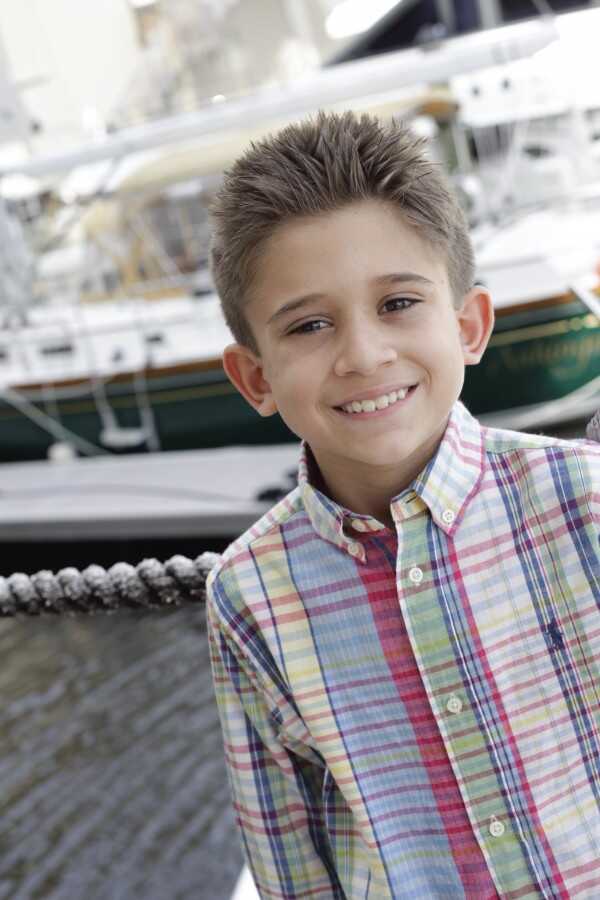
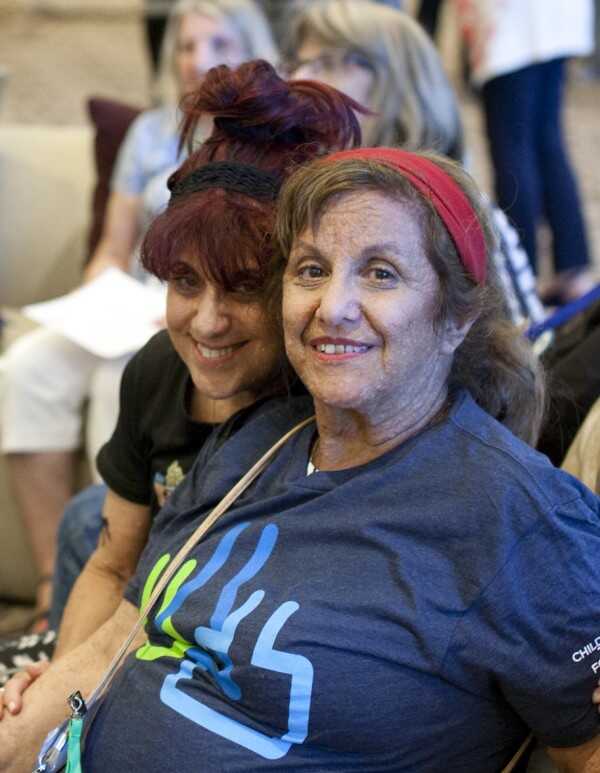
Finding NF1 Care
The Children’s Tumor Foundation knows how important it is to find healthcare professionals who have experience diagnosing and caring for patients with NF.
CTF has established a nationwide network of NF clinics called the Neurofibromatosis Clinic Network (NFCN) that recognizes clinics providing comprehensive medical care to individuals with NF.
We understand that everyone may not have access to an NF specialist, so CTF has developed the NF Diagnosis mobile app for general practitioners and other healthcare providers, available for iPhone and Android phones.
Within the app is up-to-date NF diagnostic information specifically for doctors and clinicians with links to important publications for the general practitioner.
NF1 Resources
View, download, or print our NF1 brochures and fact sheet. Additional resources may be found in our Resource Library.
Stories of NF1
Remember that you are a unique individual with talents, skills, personal strengths, and resources—even if there are many challenges to living with NF1. The world can be a better place because of you in so many ways.
Meeting others who share your diagnosis or reading their unique stories, can offer insight and bring comfort along your journey.
NF Registry
NF is one of the world’s most common genetic disorders. But it takes many forms and can be hard to diagnose and treat. Research is the key. And the NF Registry is the key to research.
If you have been diagnosed with any form of neurofibromatosis or schwannomatosis, please unite with thousands of others with NF and join the NF Registry today.
